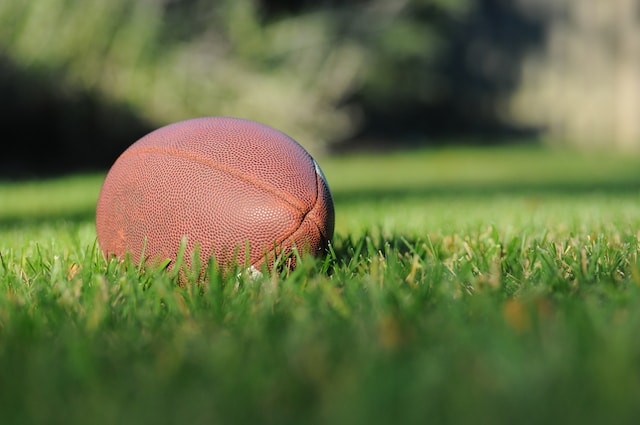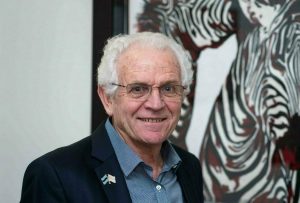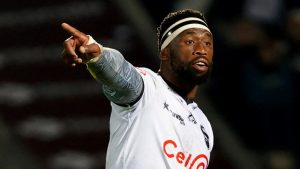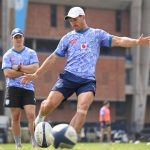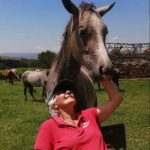By dr. Wilhelm von Ludwig
The drama usually starts with a hard hit on the field.
A high barrel.
Loss of consciousness.
The first aid is there first. Two ice packs and a reserve later, number thirteen is taken to the family doctor with tox and all.
Then the second act begins. The negotiation between mother and son and the unseen third party – the coach.
After all, next week is always the most important match.
Concussion is a common injury in contact sports, but also one that wanders forever in the blur between fact and fiction. In the past two decades, researchers have attempted to establish better definitions and guidelines regarding this condition. Dr. Bennet Omalu (surname concussionfame) took the lead in many ways. His research has focused attention on the long-term effects that repeated episodes of concussion can have on the player’s brain function and physiology. Unfortunately, there are still myths that hang in the air like the persistent smell of a half-time locker room.
The most dangerous myth is that concussions can be prevented by a helmet.

“The coach said they will give him a scrumpet next time,” I have heard several times. Not even the rock-hard head shields of American football can prevent the to-and-fro movement of the brain in the skull. Afrikaans had it right when it said “harsingshaking” was baptized. The shaking of the gray matter causes it to be violently bumped back and forth against the inside of the skull. Any blow to the head, neck or even the chest can be the cause.
By the time medical assistance is on the scene, the pupils are often examined. Although it takes place with good intentions and even a light, it is practically impossible to do a proper examination of the eyes in daylight. Besides, there is adrenaline pumping through our sports hero’s veins and the pupils will most likely be enlarged. Pupil abnormalities are important, but not an indication of the presence of concussion.
A further myth is that the symptoms of concussion begin immediately after the incident. However, the truth is that symptoms can start even 24 to 48 hours later. Especially in younger players. Consequently, a suspicion is often all that can be used to make the diagnosis. With the final league game around the corner, the designated doctor must prepare himself or herself to be very unpopular. “Doc doesn’t understand. He has to play!”
The coach won’t understand either. After all, he was there and the whole story played out in front of him. The male wasn’t even out for long. He started talking again almost immediately.
However, matters are complicated by the fact that less than 10% of concussions are preceded by loss of consciousness. This means that most players are still awake after the incident. Many cases are therefore not even picked up.

The symptoms of concussion reflect the different aspects of the brain’s function. First there are the physical symptoms such as headache, dizziness, nausea and vomiting, followed by the mental symptoms (for example reduced concentration or memory). Nervousness, anxiety and irritability can be part of the emotional symptoms and sleep abnormalities (too much or too little) are also often present.
Returning to full play is a step-by-step process that should preferably take place under the supervision of a medical practitioner. The American Football League’s players return to full play after a controversial nine days. Most guidelines suggest two weeks as a safe period although it can sometimes take longer.
By now, all the characters in the drama have been identified. The rugby hero, who is the key to his team’s eternal glory (by ‘eternal’ I mean until next year’s league). The doctor, who with his books and pills knows nothing of the passion and glory. The worried mother who suddenly sees a way out for the costs of the upcoming rugby tour. And the coach, who haunts everyone like an ominous spirit. For all of these parties, there is a lot at stake, but as with most stories, the hero is at greatest risk.
- Wilhelm von Ludwig is a general practitioner who practices in Polokwane. Follow him up TikTok or Facebook.

